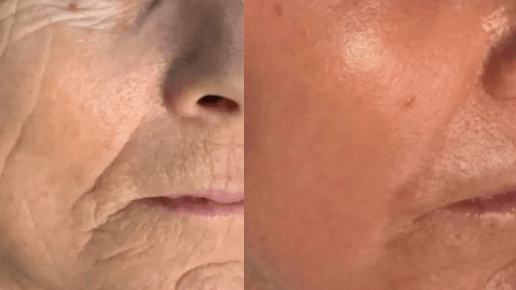Why CO2 Laser?
&srotate=0)
CO2 Laser (Carbon Dioxide Laser)
The CO2 laser (carbon dioxide laser) is one of the earliest gas lasers developed and remains one of the most powerful and widely used types of lasers today.
The skin benefits from CO2 laser treatment through two main biological effects:
a) Controlled Ablation
- The laser removes (ablates) the outermost layer of skin, known as the epidermis.
- This removes damaged cells, pigmentation, and surface irregularities.
- The process exposes new, smoother skin as it heals.
b) Collagen Remodeling
- The heat generated by the laser penetrates into the dermis (the deeper skin layer).
- This heat stimulates fibroblasts, the cells responsible for producing new collagen and elastin.
- Over weeks to months, this leads to:
- Tighter, firmer skin
- Improved elasticity
- Reduction in fine lines and wrinkles
Key Skin Benefits
Benefit Explanation
Wrinkle Reduction The new collagen smooths fine lines and tightens skin.
Scar Improvement Effective for acne scars, surgical scars, and stretch marks.
Even Skin Tone Removes sunspots, age spots, and pigmentation irregularities.
Skin Tightening Heat-induced collagen contraction improves firmness.
Texture
Refinement Smoother, softer, more even surface after healing.
Regeneration Stimulates the body’s natural healing process for fresher, younger-looking skin.
Types of CO2 Laser Treatments
Ablative CO2 Laser:
Fully removes the top layer of skin — most powerful and effective, but with longer recovery time.
Fractional CO2 Laser:
Creates microscopic columns of treated skin, leaving surrounding tissue intact — faster healing and fewer side effects.
Healing and Aftercare
- Downtime: 5–14 days depending on intensity.
- Care: Gentle cleansing, sun protection, and use of soothing ointments.
- Results: Improvements continue for 3–6 months as new collagen forms.